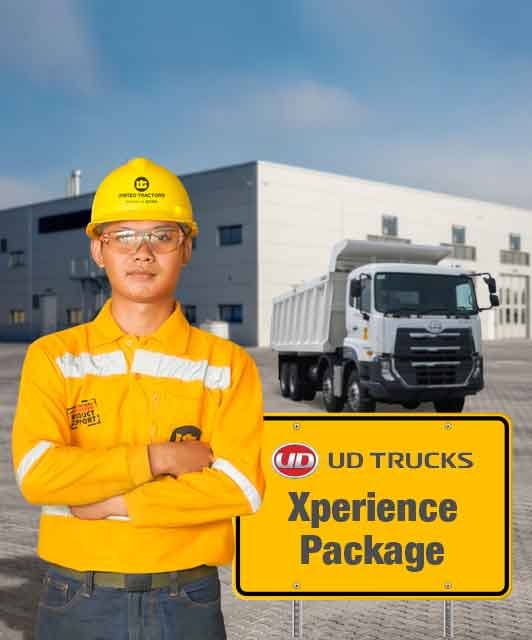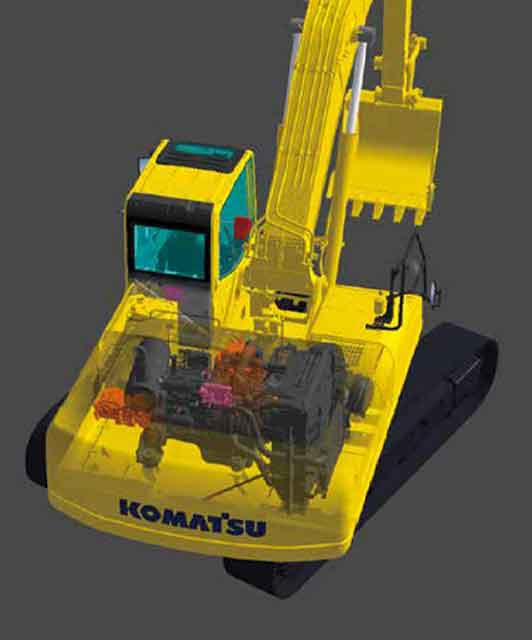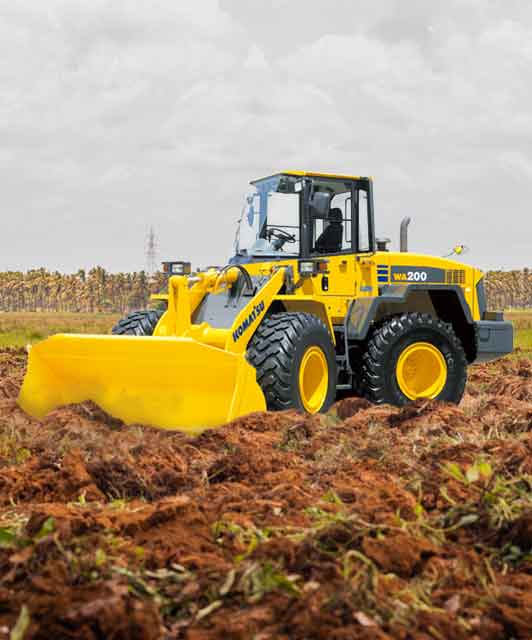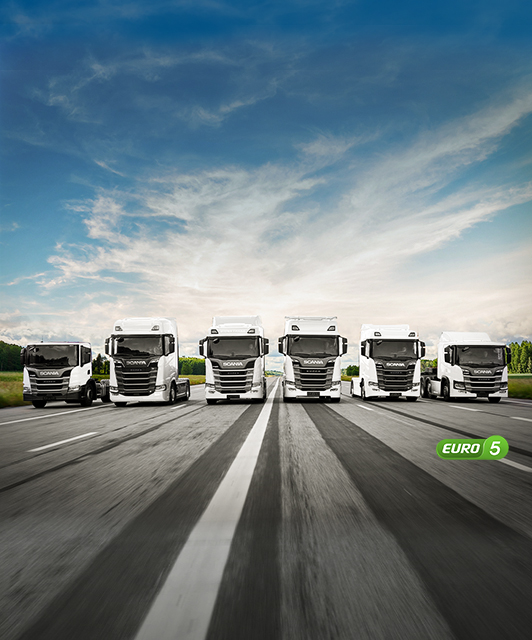Delve Deeper into Bulldozer’s Main Components
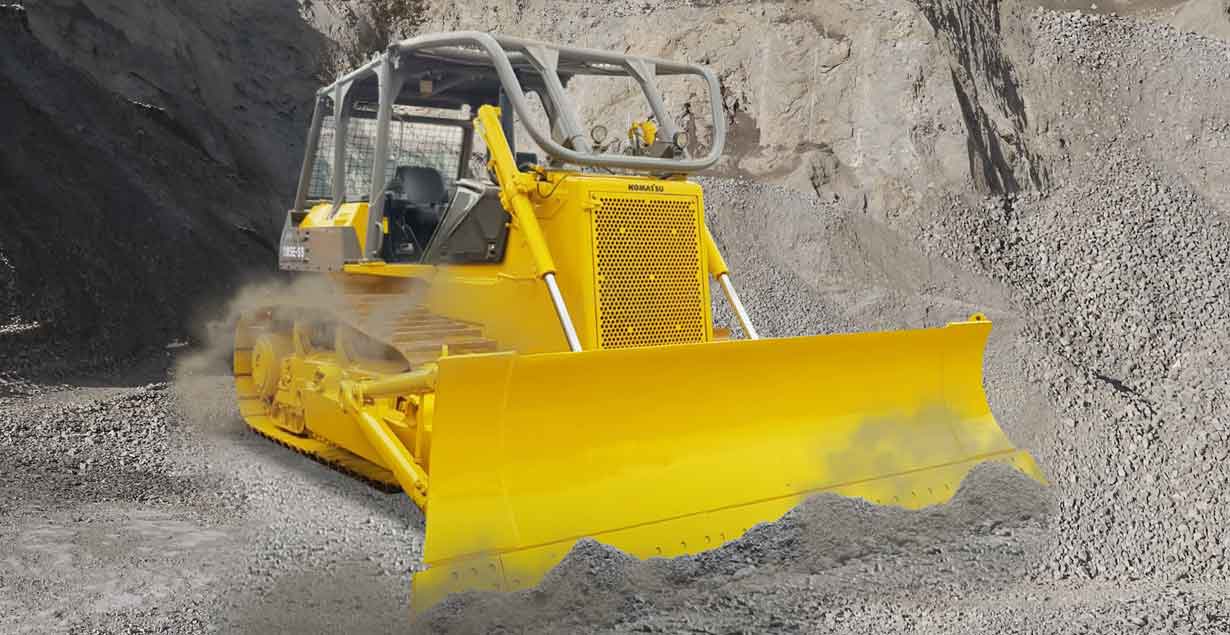 A bulldozer is heavy machinery commonly used in construction, mining, and forestry industries. It is renowned for its power in pushing, digging, and lifting materials.
A bulldozer is heavy machinery commonly used in construction, mining, and forestry industries. It is renowned for its power in pushing, digging, and lifting materials.
In Indonesia, United Tractors is one of the largest heavy equipment distributors. It also provides bulldozers to meet the needs of its business partners. These bulldozers came from a renowned Japanese brand, Komatsu. Komatsu has been a key player in the heavy machinery industry since 1921, offering various types of heavy equipment with diverse functions. In Indonesia, United Tractors began marketing Komatsu products in 1973 and has become a favoured partner among its business clients.
United Tractors and Komatsu offer various types of bulldozers with different specifications and operating weights tailored for different work applications. However, bulldozers generally share the same main components across different types. The following is an explanation of the main components of a bulldozer to understand how they operate and what they consist of.
- Blade
The blade is the primary component of a bulldozer used for pushing material. This blade is located at the front of the bulldozer and comes in several types, including:
- Straight Blade (S-Blade): Utilized for light pushing tasks and soil levelling.
- Universal Blade (U-Blade): Equipped with side wings that can hold more material, suitable for long-distance material transportation tasks.
- Semi-Universal Blade (SU-Blade): A combination of the S-Blade and U-Blade, used for heavy material pushing tasks while still maintaining the ability to level surfaces.
- Ripper
The ripper is an attachment located at the rear of the bulldozer. It breaks or digs into hard soil, rocks, or other complex excavating materials. It typically consists of one to three shanks, which can be adjusted for depth.
- Undercarriage
The undercarriage is a crucial component that enables the bulldozer to move. This component includes:
- Track: This track enables the bulldozer to traverse various types of terrain. It is constructed from highly durable materials to withstand abrasion.
- Rollers: There are two types of rollers: carrier rollers that support the track from above and track rollers that support it from below.
- Sprocket: A gear wheel that drives the track connected to the drive system.
- Engine
The engine is the primary power source of the bulldozer. Typically, a powerful diesel engine generates the substantial force required for pushing and excavating heavy materials. Engine components also include cooling systems, filters, and fuel systems, all of which work together to maintain peak performance.
- Transmission
The bulldozer’s transmission regulates the speed and torque produced by the engine before it is delivered to the undercarriage. There are two common types of transmissions:
- Mechanical Transmission: Uses clutches and gears for speed changes.
- Hydrostatic Transmission: Uses hydraulic fluid for smoother and more precise control.
- Cab
The cab is where the operator controls the bulldozer. It is designed for operator comfort and safety and typically includes adjustable seating, easily accessible control systems, and cooling or heating systems. Some cabs also feature additional safety features like ROPS (Roll-Over Protective Structure) to protect the operator in case of roll-over.
- Hydraulic System
The hydraulic system is the component that operates the blade and ripper. It utilizes hydraulic fluid to transfer power and enables precise control and responsive handling of operator commands.
- Final Drive
The final drive is part of the drive system that increases torque from the transmission before it is transmitted to the sprocket and track. This enhances the bulldozer’s pushing power, especially when operating in rough and challenging terrain.
- Control System
Modern bulldozers come with advanced control systems, including joysticks for blade and ripper control and a monitor screen that displays crucial information about the bulldozer’s condition, such as engine temperature, hydraulic pressure, and fuel status.
Understanding a bulldozer’s main components and functions will make it easier to identify and select the appropriate bulldozer for your operations. Moreover, this understanding is crucial for effectively operating and maintaining this heavy equipment. Each component serves specific functions and complements one another to ensure the bulldozer operates optimally under various working conditions. With proper maintenance and a deep understanding of its functions, bulldozers can become highly reliable and efficient tools for various construction projects and industrial applications.
United Tractors also provides excellent after-sales services for every equipment you own. These services include timely delivery guarantees for spare parts, mechanical services, and equipment repairs. You can visit your city’s nearest United Tractors branch or contact the UT Call contact centre at 1500 072.
